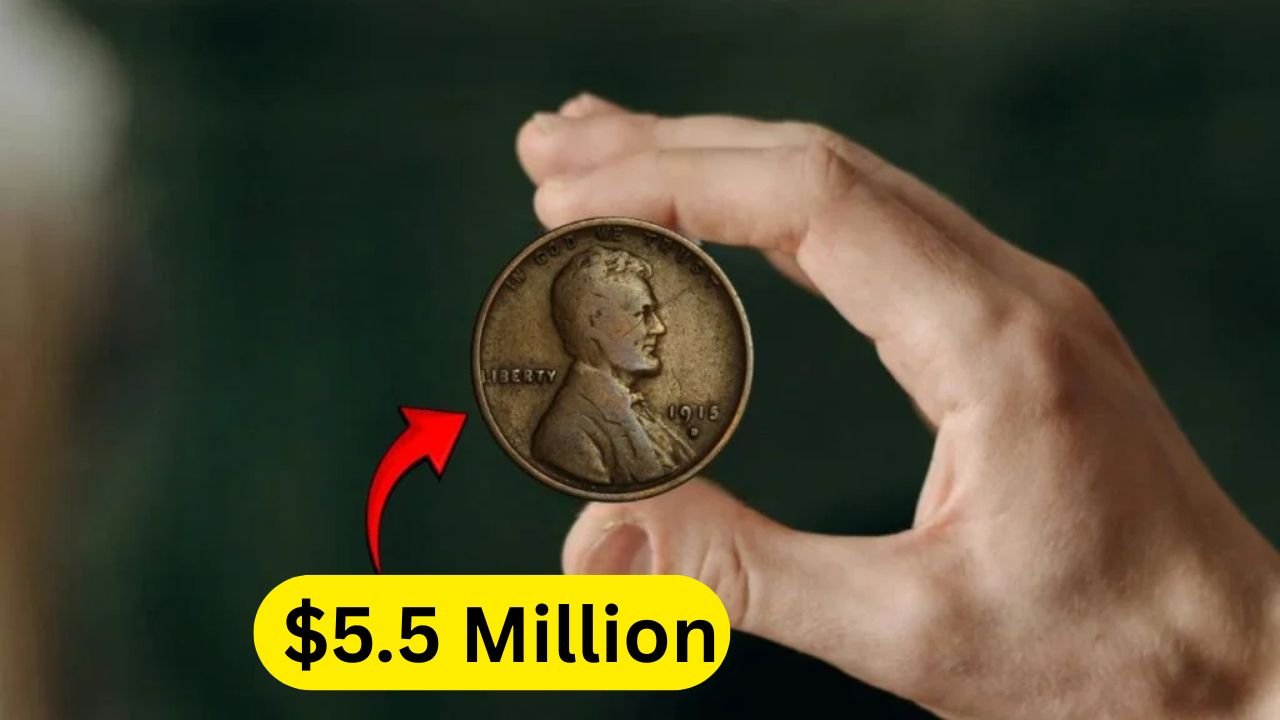The Lincoln Wheat Penny, with its classic wheat stalk design on the back, is a beloved piece of American history. First minted in 1909, these coins were everyday pocket change for decades. Most are worth just a few cents, but a few super-rare ones could be valued at up to $5.5 million each! Rumors swirl that some of these pennies are still out there, tucked away in coin jars, old wallets, or even circulating in cash registers. Let’s explore why these pennies are so valuable and how you might spot one.
The Story Behind the Wheat Penny
The Lincoln Wheat Penny was created to honor President Abraham Lincoln and the 100th anniversary of his birth. Minted from 1909 to 1958, billions were made in Philadelphia, Denver, and San Francisco. Most are common, made of copper, but a handful have unique errors or features that make them worth a fortune. For example, a penny struck on the wrong metal or with a doubled design can catch a collector’s eye—and a massive price tag at auction.
Why Some Pennies Are Worth Millions
The $5.5 million price comes from rare minting mistakes, like the 1943 bronze penny. During World War II, pennies were made of zinc-coated steel to save copper, but a few bronze pennies were accidentally minted. Only about 20 are known to exist, and one sold for $1.7 million in 2010, with experts saying pristine examples could fetch $5.5 million today. Another rare find is the 1955 double-die penny, where the date and words look doubled, making it highly valuable.
How to Spot a Million-Dollar Penny
Finding a $5.5 million penny takes a keen eye. Check the date key years like 1943 or 1955 are a good start. Look for a bronze-colored 1943 penny instead of the usual silver-gray steel. For 1955 pennies, check if the date or words like “LIBERTY” appear doubled. Also, look for mint marks: “D” for Denver, “S” for San Francisco, or no mark for Philadelphia. If the coin looks odd, like it’s made of the wrong metal, it could be a rare gem.
| Feature | What to Look For |
|---|---|
| Date | 1943 (bronze) or 1955 (double-die) |
| Mint Mark | “D” (Denver), “S” (San Francisco), or none (Philadelphia) |
| Material | Bronze for 1943, copper for others |
| Errors | Doubled date or text, wrong metal |
Real-Life Treasure Stories
People have found these pennies in surprising places. In 1980, a kid discovered a 1943 bronze penny in his pocket change, later valued at over $200,000. In 2019, a 1955 double-die penny sold for $125,000 at auction. These stories fuel the dreams of collectors and everyday folks alike, proving that a life-changing coin could be in your change from a coffee shop or gas station.
What to Do If You Find One
If you think you’ve got a rare Lincoln Wheat Penny, don’t clean it cleaning can ruin its value. Take it to a professional coin grader like PCGS or NGC to verify its authenticity and condition. They’ll assign a grade that determines its worth. Even if it’s not a $5.5 million penny, it could still be worth thousands. So, next time you’re digging through loose change, take a second look—you might just be holding a tiny piece of history worth a fortune!



